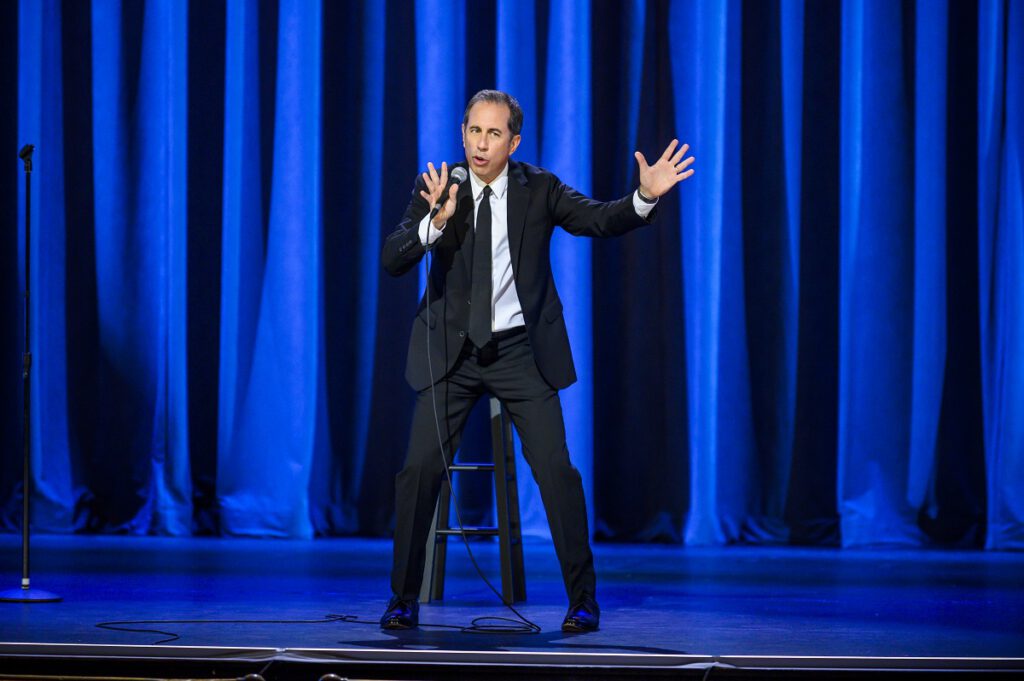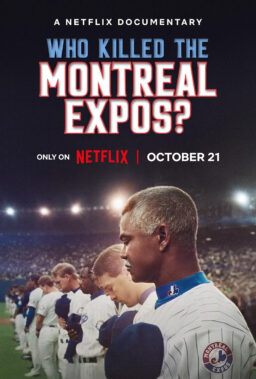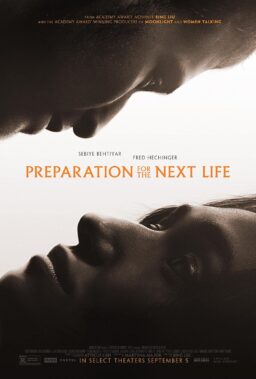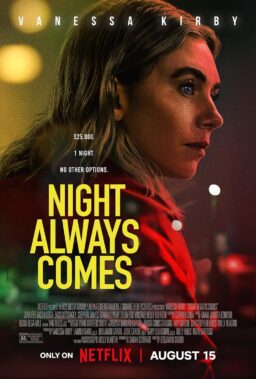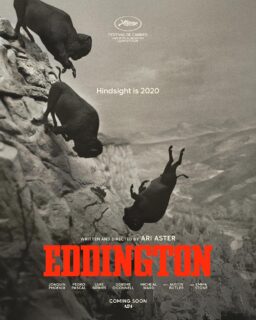Netflix is cornering the market on opening wallets wide enough to bring semi-retired stand-up legends into the fold. Dave Chappelle dropped some controversial specials on the streaming service, and there have been rumors of an Eddie Murphy return on Netflix for a long time (and the success of “Dolemite is My Name” makes that seem even more likely). Today sees the drop of Jerry Seinfeld’s first stand-up special in 22 years (excluding the doc/stand-up hybrid “Jerry Before Seinfeld” that premiered on Netflix in 2017). Falling relatively off the pop culture radar compared to the worldwide success of “Seinfeld” other than the likable “Comedians in Cars Getting Coffee” (sorry, “Bee Movie” fans), “23 Hours to Kill” further proves the longevity of his NBC hit. Very few people who haven’t really had a blockbuster in almost a quarter-century could return triumphantly to the Beacon Theatre in New York City as if they never left. But Jerry Seinfeld is different, and not just because of the show that bears his name. His style may be easy to impersonate, but that’s one of the reasons it’s so accessible and widely appealing. Do I wish Seinfeld took a few more creative risks in “23 Hours to Kill”? Sure, but there’s also something comforting about a familiar style that could easily be cut up an inserted into a reboot of “Seinfeld”.
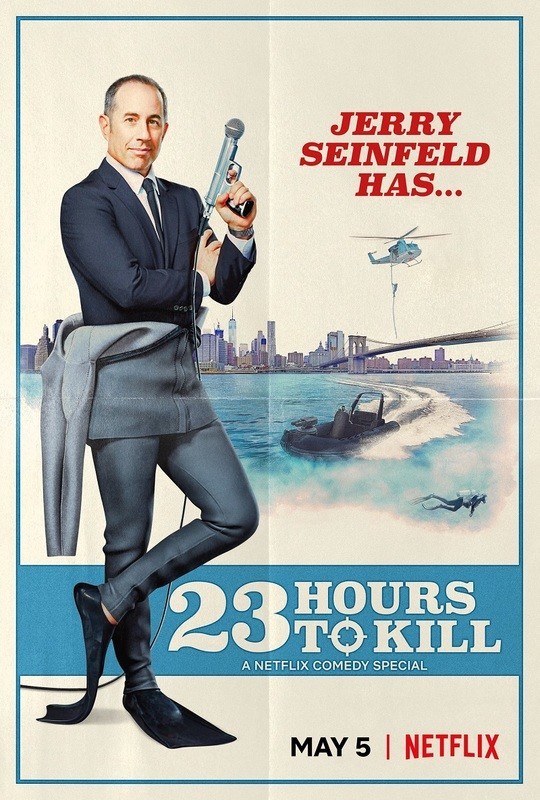
If anything, the predictable nature of “23 Hours to Kill” fits the Seinfeld brand and POV. He’s never been someone who likes change. And that’s a theme of a lot of his bits in “23 Hours to Kill,” especially sections on our reliance on cell phones and addiction to texting. Some of the bits will sound like “dad jokes” to anyone born after “Seinfeld” off the air, but that’s not really the audience for this set. Jerry knows that most of his fans are closer to his age than his daughter’s, and he tailors his set accordingly, complaining about undeniably privileged problems like restaurants that aren’t as “great” as your friends make them out to be, the inherent gluttony in buffets, and how silly it is that people now can’t even type the “o” in “ok” when they respond via text. Seinfeld would be the first to admit that his problems aren’t really problems, but he recognizes the humor in perspective, and his has always been smart.
Some of you are probably doing a Seinfeld impression already—“What’s the deal with buffets?”—but a comeback vehicle like this should play to the fan base. As for timeliness, a bit about how New Yorkers are all stuck together in close proximity has unexpected resonance, as does an extended, and very funny, piece on how the USPS operates on a business model from 300 years ago. (It might be the best part of the show, even if it feels like something Trump could quote in his anti-USPS outbursts.) When Seinfeld gets to his personal life in the final act of the set, he falters a bit. Some of the gender observations about roles that husbands and wives have to play sound like they would have been a bit dated back when “Seinfeld” was on the air. The thing is that most people won’t care by then. If he had opened with that material, I could see more people moving on, but by the time he’s doing his Men Are From Mars, Women Are From Venus bits, you almost feel like you’re back in 1995 anyway.
“Jerry Seinfeld: 23 Hours to Kill” isn’t the most daring comedy special on Netflix and it’s not the funniest, but that shouldn’t be the metric. We shouldn’t expect Seinfeld to come back as an edgier, more daring comedian in his sixties than he was in his forties. We wouldn’t want that anyway. If anything, “23 Hours to Kill” is like catching up with an old friend, something all of us wish we could do in person in 2020 more than we can.
Premieres on Netflix today, 5/5.

